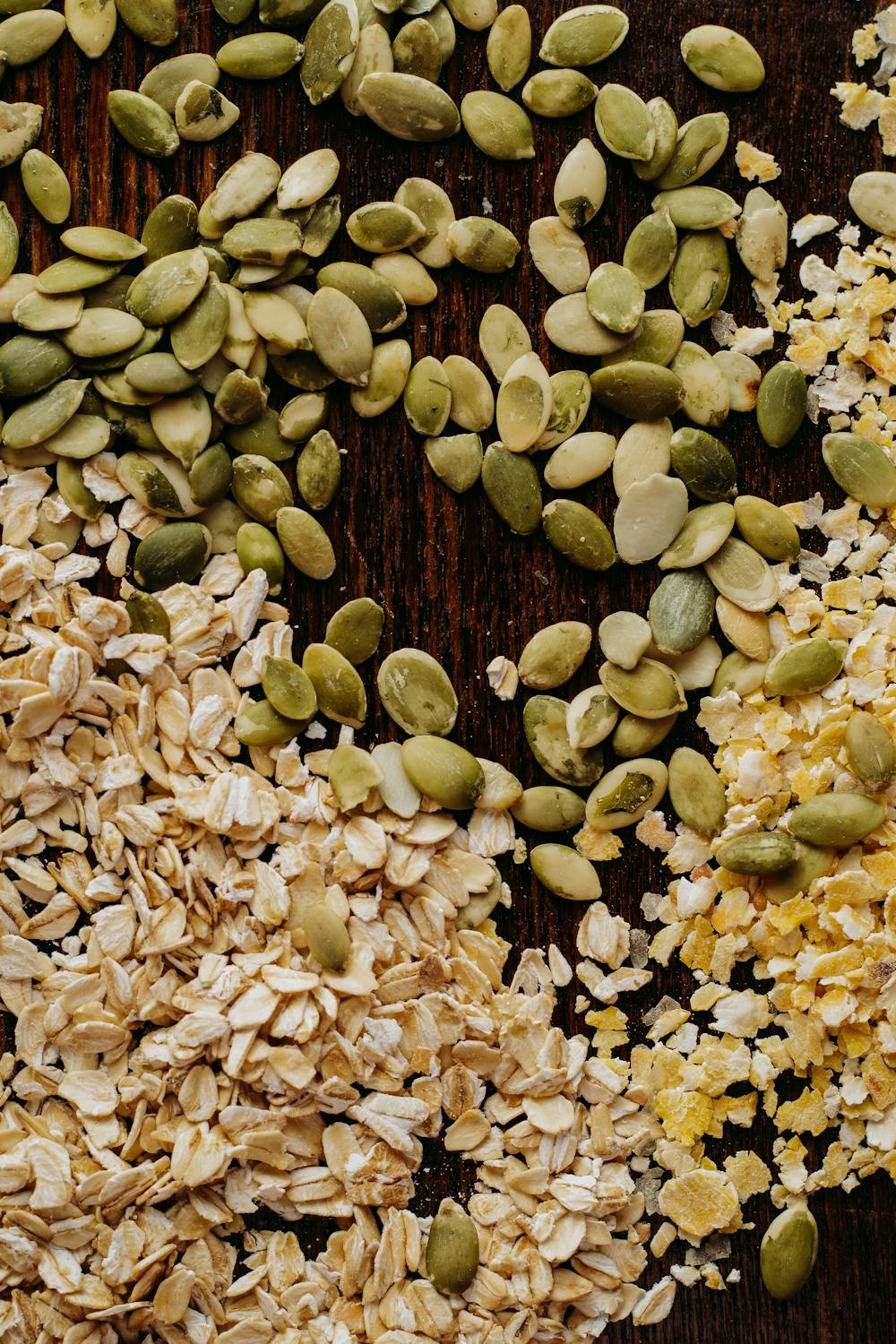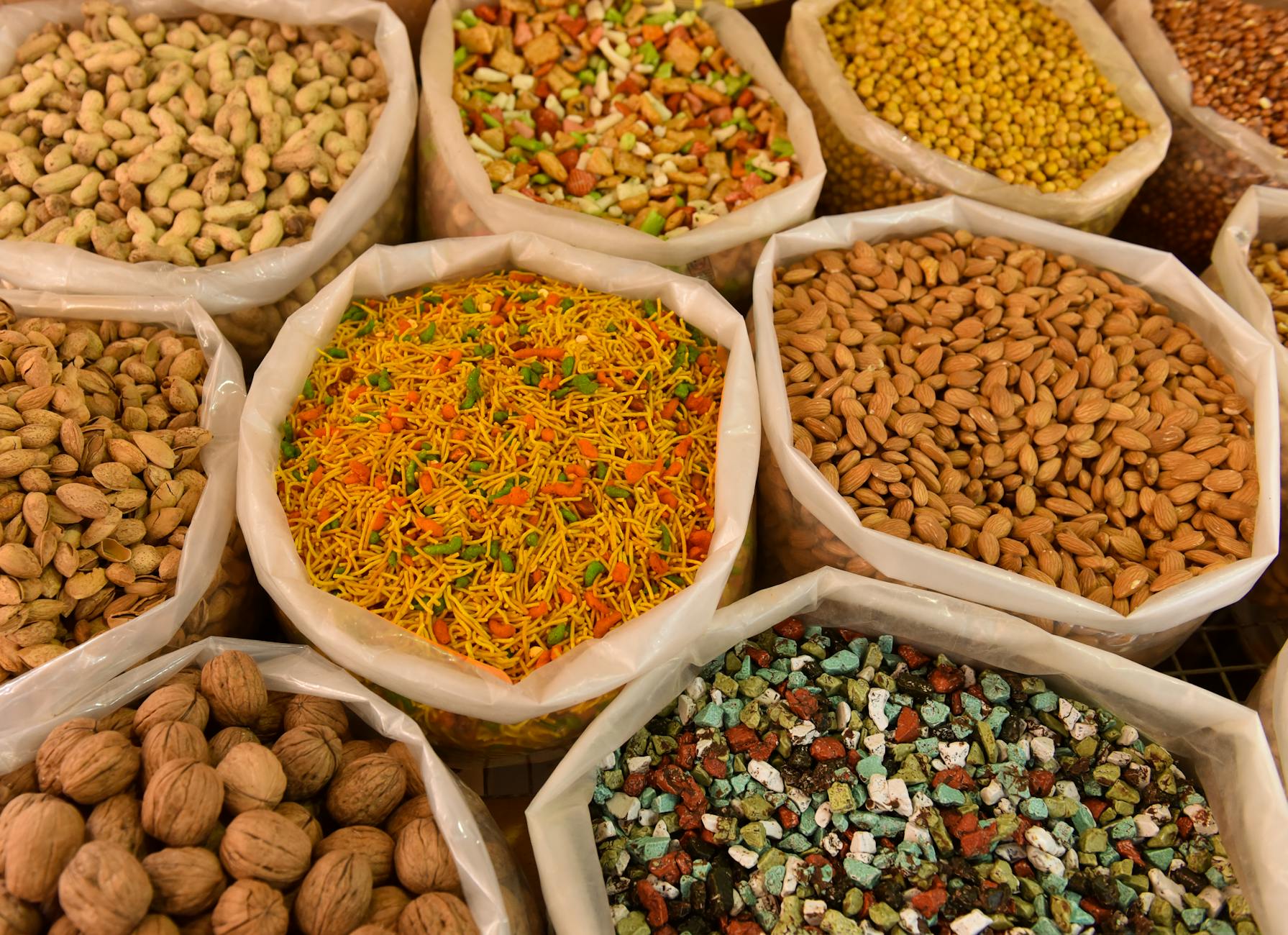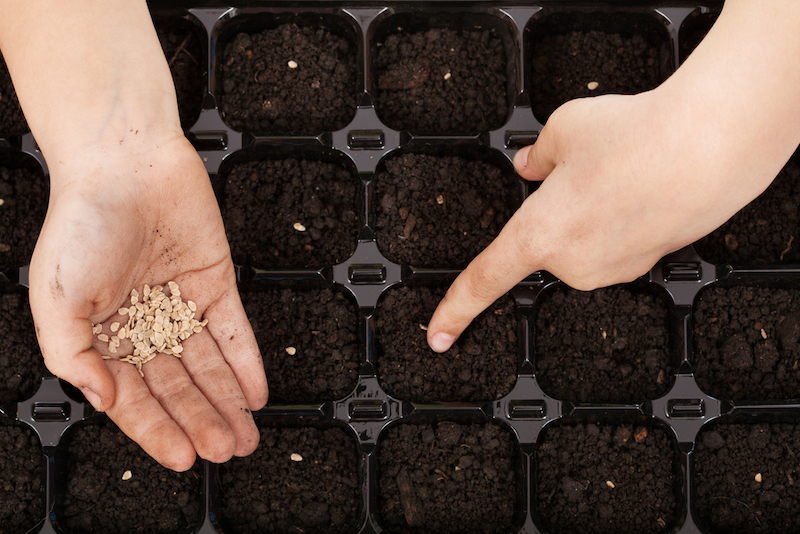Why buy seeds every growing season when you can learn how to store seeds from your very own harvest? If you’re growing your own food, then you should learn how to store seeds. Saving seeds and storing them for next year’s planting is both practical and economical.
I’m sure you agree it’s a terrible waste to harvest your crops and never mind the seeds. You’ll miss out on an opportunity to grow excellent crops with those seeds. With this guide on how to store seeds, you’ll have one important skill to add to your list of sufficient living and survival skills.
Useful Tips On How To Store Seeds
Didn’t you notice just how great your grandparents’ vegetables taste? That’s because those veggies were grown naturally from seeds of their best crops. Sometimes if you’re really lucky, you can even get yourself heirloom seeds courtesy of your grandparents’ green thumbs.
However, it’s still better to save seeds and grow great vegetables from them. Scroll on and learn everything you need to know how to store seeds from your very own harvest.
Crops That Are Great For Seed Storing
Seeds from annual crops are the easiest to store. Unlike biennials and perennials that take two years to flower and produce seeds, annuals produce seeds in one growing season. It would be ideal to choose from the best crops of each plant from the same variety. This is to make you sure you grow crops of the same form and taste as your current ones.
How To Harvest And Dry The Seeds

Harvesting seeds from crops can vary depending on the variety of a vegetable. Below are the annual crops with seeds that store well and can be stored easily. And, some tips and ideas for harvesting them.
- Pepper seeds can be harvested from a ripe or mature fruit. Just take out the seeds and lay them out to air dry.
- Squash seeds and watermelon seeds are edible. You can save a few, and use the rest to make a healthy snack.
- Melon, cucumber, and tomato seeds are wrapped in a gel-like substance. You need to put the seeds in water and stir them to rinse it off. Only then can you scoop out the seeds and dry them on a paper towel.
- The seeds of peas and beans are ready for harvest as soon as they dry up, and rattle in their pods (when shaken). But you can also leave them in their pods and store in a cool, dark, and dry place until planting time.
- Okra or lady fingers and eggplants or aubergines need to dry out in their stalks. The seeds are ready for harvest as soon as the fruit has turned brown and has dried up.
How To Store Seeds For Future Use
Seeds need three things to grow; moisture, heat, and light. So when storing your seeds, you need to have those three things absent.
Put your seeds in small paper packets or envelopes to absorb moisture. Use those candy jars you buy for Halloween trick or treating as canisters for organizing your seed packets. And finally, keep your jar of seeds in a cool and dry place.
More Tips On Storing Seeds

You can also scoop powdered milk on the seed packets, and throw in desiccant packets in the jar to keep your seeds really dry. Don’t forget to label your seed packets with the description and date of collection.
Make sure you use those seeds within a year. The older the seeds, the lesser the quality or the less likely they are to grow into great crops.
Check out more on seed storage in this video from gardenerd:
Isn’t it exciting to know how to store seeds? This skill can give you an edge over others because you can produce your own food. Those stored seeds can actually make excellent food, with all the energy and protein they possess.
Got some seed storing tips I might have missed out here? Share them with me and with other gardeners like you by sharing a comment below. You can also try this canning tomatoes idea.
Featured image via fullyconvincedblog




1 thought on “How To Store Seeds From Your Very Own Harvest”
Pingback: 15 Practical Gardening Ideas On A Budget | Smart Homesteading Tips - Your Bushcraft Store